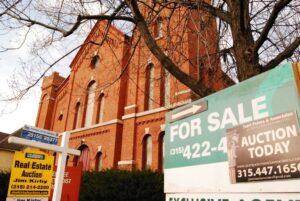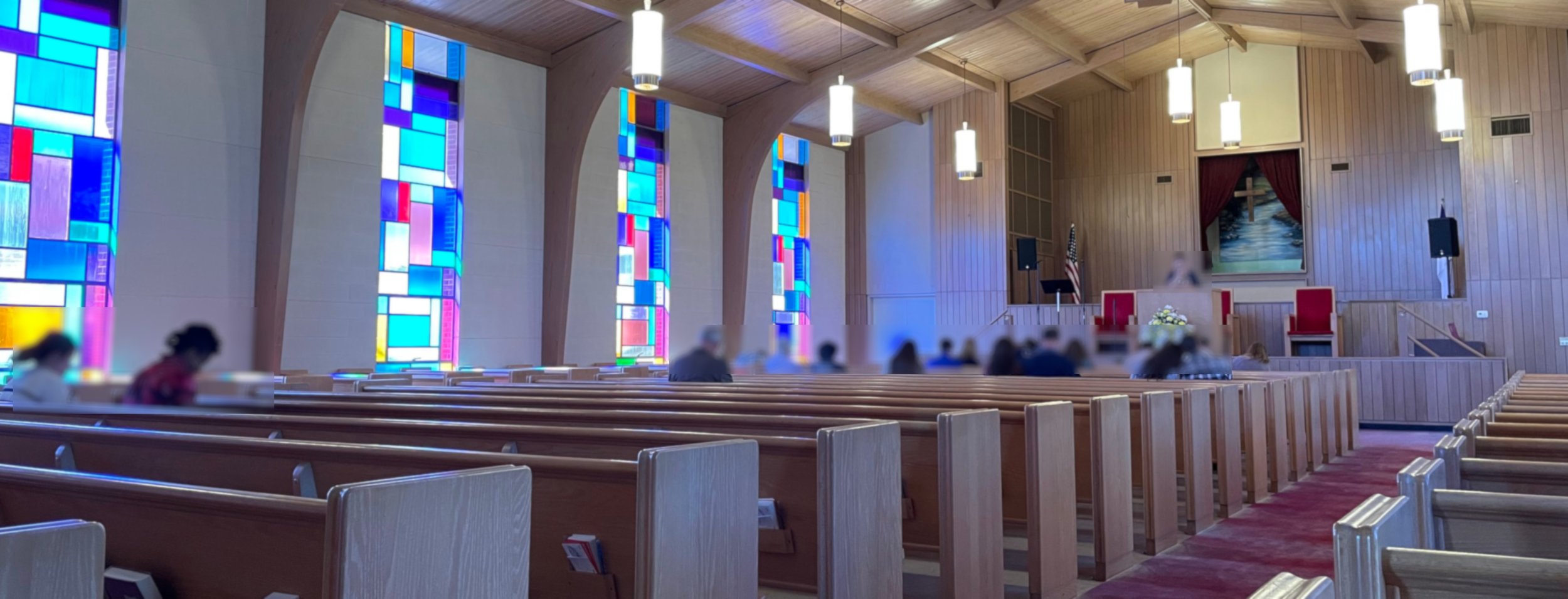3 Pathways For Restoring Hope to At-Risk Churches
I was recently invited to worship and consult with a congregation that has dwindled down to about a dozen members in spite of meeting in a prime location with thousands of people passing by their worship center every day. They sang the hymns of old with a remnant ensemble, their interim delivered a stirring call to action for all remaining saints and even begged people to come to Jesus. Except for a couple grandchildren brought to church by loving senior saints longing to see their descendants respond in faith to the gospel, this congregation had no young families, no children, and their nursery has been closed since new regulations were passed on baby cribs years ago. This, like many other congregations just like it, was at-risk of closing its doors and hoping that I would bring a solution that would restore their congregation to its former years of vitality when every pew was filled, and lives were frequently being transformed by the grace of God.
What would I tell the remnant of senior saints seated around me? Their weary eyes told the story of a carbon copy history being recorded in many of our Southern Baptist Churches all across our land. Congregations who experienced a dramatic rise in their worship attendance during the baby boom or when the church growth movement swept across our land, now face uncertain futures. These churches were the center of community life with 3 out 4 families attending worship, revivals and other events. But somewhere along the way the focus of the church shifted from the Great Commission of “As you go, make disciples” to a great campaign to generate numbers, “As they come, make them members.” It wasn’t long before the mission was lost amidst a crowded calendar of activities within the church buildings, staff were hired to care for the membership and maintain the programs, budgets were allocated toward internal priorities, and evangelism and discipleship were sorely neglected — all slowly choking out the life of the congregation. Then came a series of divisive business meetings, short pastoral tenures, unrepentant sin among members and any number of other things resulting a prolonged death rattle that no expert could cure. This is the history of far too many of our Southern Baptist Churches.
What options would I share with these faithful few struggling to keep the doors of their church open? How can at-risk congregations be transformed from a remnant membership looking inward and backward to multiplication of disciples focusing outward and upward?
How can at-risk congregations be transformed from a remnant membership looking inward and backward to multiplication of disciples focusing outward and upward?

Three Pathways for At-Risk Congregations
Congregations in decline may have several options for a healthy future, but discerning the right option can be a challenge to anyone seeking to serve them. As I survey the work of my colleagues seeking to serve our Southern Baptist Churches, there seems to be three common pathways, each within a myriad of options. Every congregation is unique, so a process of prayerful dependence and intentional engagement of the remaining leadership is essential as you seek Lord’s direction for the future of an at-risk congregation.
A congregation whose current status is vulnerable to imminent decline or closure is an
“at-risk” congregation.
1. Revitalization: an existing congregation experiences new life through a change of strategy and/or leadership but does not require a change of identity.
2. ReSTART: an existing congregation experiences new life through a change of identity, leadership, and strategy.
3. ReInvest: an existing congregation experiences new life through closing with dignity and investing its remaining resources in a life-giving congregation or mission.
While there are other options such as mergers, adoption, campus models, etc., these are often a means to accomplish one of the three above pathways. For example, an at-risk congregation may reSTART by merging with a church plant needing a facility or two congregations may merge to bring revitalization and better stewardship of resources without changing their leadership. Utilizing an intentional assessment process, the Lord can guide the steps of faith taken to restore vitality and mission for any at-risk congregation.

First Steps Toward Restoration
What are the first steps down a path of restoration for any at-risk church?
Re-engage your community with the gospel. Begin by serving the needs of others in your community that build relationships and create opportunities to share the gospel.
Pray as a church. Prayer is essential to any restoration effort, so make it a priority and a means to unite the congregation for the sake of advancing God’s Kingdom in your community.
Ask for help. Begin a conversation about the future of your church with your local Director of Missions or your SC Baptist team by completing a short online Hope for Churches survey at HERE.
For more information or to contact a team member, call (803)227-6049. Or you may email our team at HopeForChurches@scbaptist.org.
Article written by James Nugent, Director of Church Strategies Group at SC Baptist Convention


